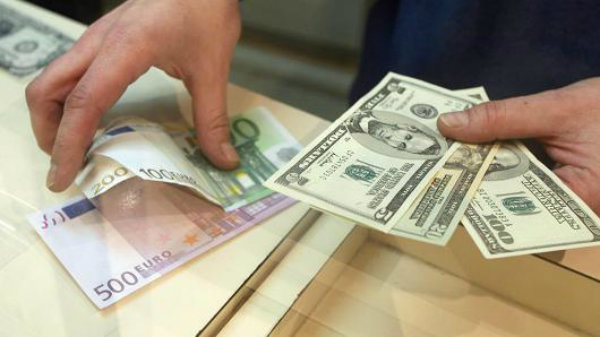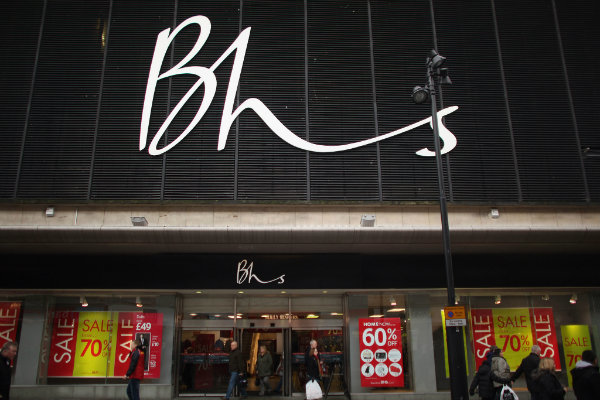Analysts have warned that shoppers could face price increases of up to 10% on items manufactured in Asia.
Mari Shor, an Investment Analyst at Columbia Threadneedle, said: “Most mid-market suppliers source their goods in Asia in Dollars but six to nine months later they sell them in Euros or Pounds, which are now worth a lot less.”
In the last year, Sterling has lost about 6% of its value against the Dollar. As such, manufacturers and suppliers in Asia are likely to raise their prices locally in order to maintain their current income.
The impact that this monetary relationship can have on retail prices can already be seen in other countries with local currency such as Japan, which has been devaluing the Yen by excessively printing money. It is likely that Britain could soon see similar levels of inflation.
“I‘ve spoken recently to companies such as Ralph Lauren, Tiffany, PVH, which owns Calvin Klein and Tommy Hilfiger, and VF Corp, which is behind The North Face and Timberland, and all talked about price rises in the mid to high single digits to offset pressure on their profit margins.” Shor continued.
However, she clarified by saying that retailers are unlikely to raise prices across the board, and will instead consider where consumers will accept increased prices.
“Companies have been extremely successful in raising their prices without losing sales.”
“Some, including Hugo Boss, Primark, H&M and Inditex, the Spanish firm behind Zara, have said they won‘t raise prices. Their whole thing is price, they will do anything to remain competitive.”
Premium European brands, which rely far less on Asian manufacturing, are also less likely to be affected.
















